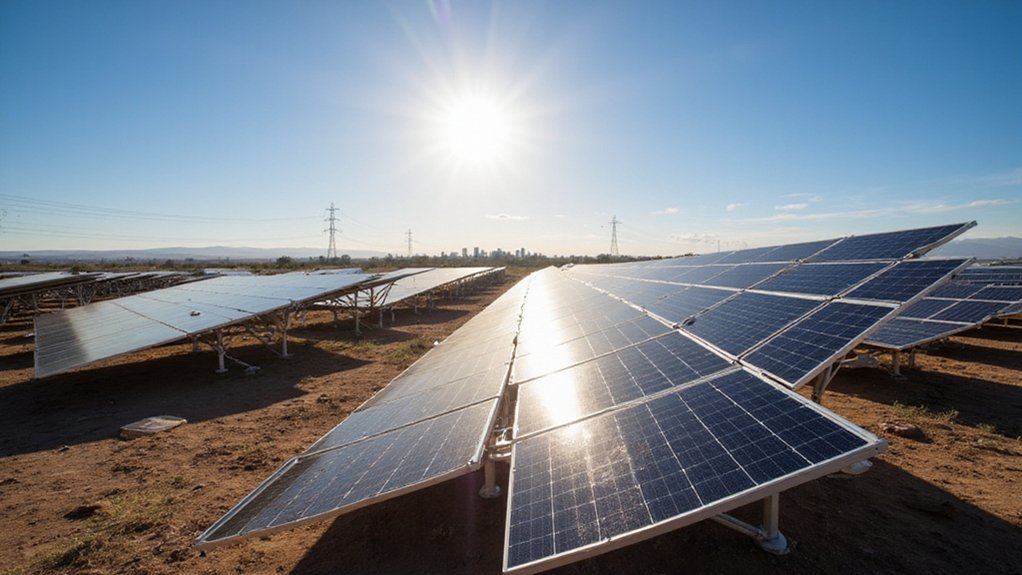As Texas faced unusually high spring temperatures in early 2025, the state’s solar power system reached impressive new heights. Texas set 12 new solar generation records in the first months of 2025, with three records broken in April alone. On April 11, solar output hit 26,741 megawatts, providing 50.4% of the state’s total electricity for almost 10 hours.
Texas has become the national leader in utility-scale solar capacity with over 30,586 megawatts connected to the grid by April 2025. The state has been adding about 1 gigawatt of new solar each month over the past year. ERCOT, the Texas grid operator, expects another 4 gigawatts by the end of 2025.
The solar boom couldn’t have come at a better time. Spring 2025 brought early heat waves that pushed electricity demand to near-record levels. ERCOT projected weekday loads of up to 84,216 megawatts, almost matching the all-time summer peak from August 2023. Solar power helped keep the grid stable even when some traditional power plants were offline for maintenance. This stability demonstrates how solar is a cost-competitive resource option capable of meeting rising electricity demand while reducing dependence on volatile gas prices.
Battery storage played a critical role alongside solar. When the sun set, batteries supplied over 10% of Texas evening electricity demand in March, a new record. Texas now has more than 5 gigawatts of grid-connected battery storage, providing flexibility year-round. This impressive growth represents a significant increase from previous years, with battery additions averaging 1 gigawatt per month since March 2024.
Together, solar and wind met up to 76% of total electricity needs during peak spring demand. This large share of renewables reduced the need for emergency conservation alerts despite the high demand. Solar generation decreased reliance on fossil fuels during critical afternoon hours. The expansion mirrors the global trend where solar power creates millions of jobs while contributing significantly to economic growth.
The Texas solar success story has pushed the state ahead of California in utility-scale installations. It’s part of a national trend, with the U.S. reaching 121.2 gigawatts of total solar capacity by early 2025. The country expects to add another 50 gigawatts in 2025-2026, helping grids respond quickly to changing weather patterns and increasing demand.
References
- https://ieefa.org/resources/sizzling-spring-us-solar
- https://poweralliance.org/2025/03/19/texas-broke-its-solar-wind-and-battery-records-in-one-spring-week/
- https://www.nbcdfw.com/news/local/texas-power-grid-faces-early-surge-in-demand-could-break-spring-records/3840331/
- https://nativesolar.com/state-of-the-texas-power-grid-summer-2025-a-native-analysis/
- https://insideclimatenews.org/news/10022025/solar-battery-storage-texas-grid/









